A vocoder is a wonderful system that allows you to manipulate your own voice. You may know it as a system that makes you sound a bit like a robot, but still somehow makes your voice sound good.
You may wish to use a vocoder as an artist, or if you’re just messing around with friends trying to get a laugh.
In this article, we’re going to talk about what a vocoder is, what it does and whether autotune and a vocoder are the same thing.
What Actually Is A Vocoder?
A vocoder is essentially a synthesizing and analyzing system, it breaks an audio wave into small components and then recreates those components with the vocoder effect.
People do this to change the harmonic content of the wave. In layman’s terms, it can make your voice sound pretty robotic, but also quite harmonious, and it also has many other uses.
You can change the input wave by creating formants for singing which is done by altering the sound of a harmonic tract. When these levels are altered, the frequencies heard also change.
The Different Types of Vocoder
Vocoders are usually split into 4 categories: spectral, formant, vowel and classic.
Spectral
To break down the input wave, this type of vocoder uses a bank of fast Fourier transforms and then uses parallel filters to create a spectral envelope. So, the frequency content of each bank will decide which frequencies are heard.
Vowel
This type of vocoder allows the person using it to create formant tracks, in simple terms it allows them to change any vowels that they want to.
Formant
This is a mixture of both the vowel vocoder and the spectral vocoder. It lets the person recording to get formant tracks and frequencies that allow you to sound like a specific vowel.
Classic
This is the main vocoder that is used in recording, it analyzes the input wave into ten different bands and then synthesizes them into another ten bands.
How Does A Vocoder Work?
The ins and outs of how a vocoder works is pretty complicated, but we’ll try to explain it as simply as possible.
It starts off by analyzing a voice, typically a singing voice. It’s then moved into many different frequency bands and the level of each band is then sent to a matching filter.
Next, the filter will then be set to the same frequency that the input wave was analyzed at.
The source of the sound is then sent through the bank of filters and each stage of this filter is already adjusted to match the matching frequency throughout the modulator signal.
So, the origin of the sound, your voice, is filtered in a way to allow the harmonic content to pass through in a similar way that the modulator signal does.
Is A Vocoder The Same As Autotune?
Many people often confuse a vocoder and autotune as being the same thing, but in reality they are two very different things.
Autotune focuses on changing the pitch, making it either lower or higher than the real pitch of the original sound. This works by either removing or adding specific frequencies from the recording.
Vocoders are different in this sense, since they focus more heavily on the frequencies. The frequencies of the recording are changed without changing the pitch at all.
Vocoders make a person’s voice sound more robotic, whereas autotune can correct a lot of pitch mistakes to allow for a more smooth and harmonious sound.
What Is A Vocoder Used For?
Since autotune alters the pitch of a recording, it’s much more commonly used in the music industry than the vocoder is. But that’s not to say that the vocoder isn’t used.
They’re commonly used in many different musical genres, such as dance music, hip-hop and they’re even used in film and TV.
Vocoders can help to add more quality to a recording, whilst also helping the singers in the recording to improve their singing skill to provide a more seamless and flawless sound.
Sometimes a producer will even use a vocoder on a singer’s voice when the vocals are needed to be recorded over a beat.
Or sometimes a vocoder can be added and mixed into a song in the production stage. It depends on the recording artist.
I have used my vocoder extensively in my side project, Zac Rivers.
My Pick IZOTOPE VocalSynth 2 $195.75
This is the only vocoder that I recommend as it is the best vocoder on the market. I spent a great deal of time testing others and this was on top in every way. I use it to process my voice when I am creating music for my synthwave alter-ego, Zac Rivers.

Buy NowWe earn a commission if you make a purchase, at no additional cost to you.
Can I Use A Vocoder?
Anyone can use a vocoder, given that they have the correct software to do so.
Since it’s just a form of synthesizing your voice, anyone can do it and you can make your voice sound robotic like C3PO or dark and husky like Batman.
Many softwares will allow you to use a vocoder effect, but this won’t always sound as good as creating it completely from scratch, through a DAW system.
But if you’re just using it to mess around with friends, there’s tons of applications out there that will supply you with vocoder effects, there’s probably even apps on your smartphone that will do so!
Using plug-ins through your DAW will allow you to create an authentic vocoder effect. Pro Tools, Logic Pro and Ableton Live all have vocoders already installed into their system, so it couldn’t be easier.
You can also utilize VST plug-ins like Camel Audio CamelPhat, Waves Tune Real Time or Antares Auto Tune that will help you to achieve the vocoder effect.
Final Thoughts
As you can see, a vocoder is a cool, yet complicated system. It’s often confused with autotune, even though they are both completely different and used to achieve different things.
Autotune sets out to alter the pitch of a recording to make it more seamless, whilst a vocoder alters the frequencies to make a recording sound more robotic, or sometimes it’s just used over dance music to provide a better listening experience.
It’s not too hard to achieve yourself, as many applications have a vocoder effect. But if you want the real thing, you’ll have to start from scratch by using plug-ins in your DAW system.
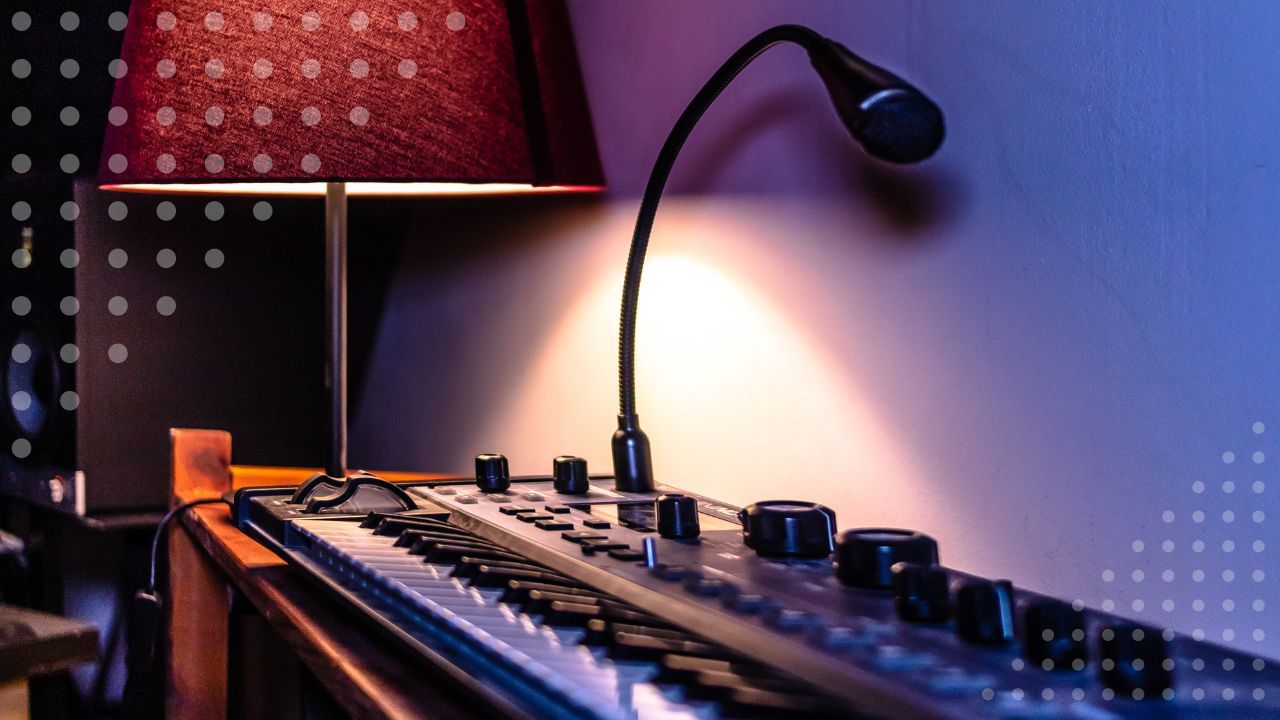

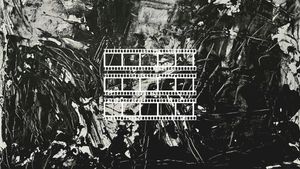
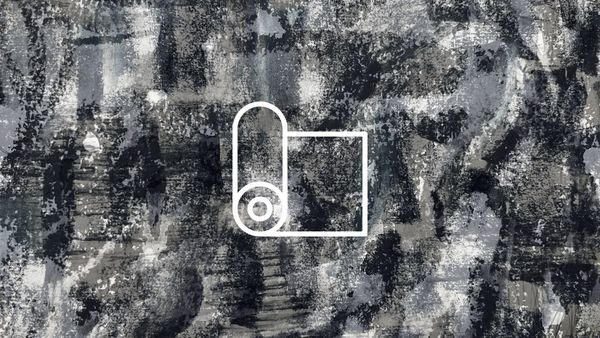
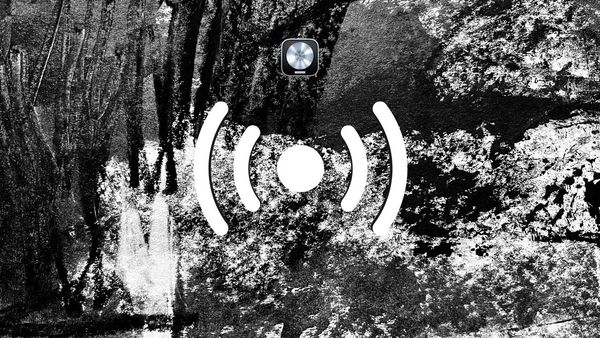

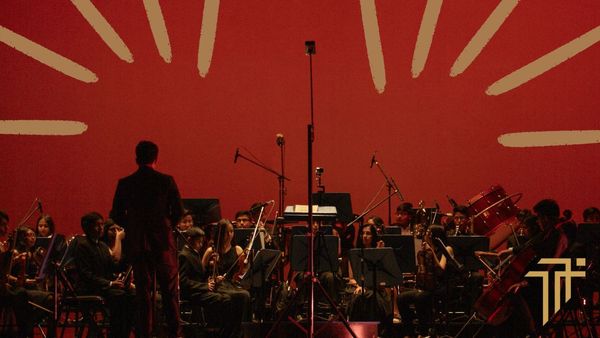

Member discussion